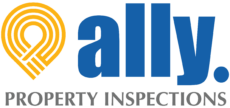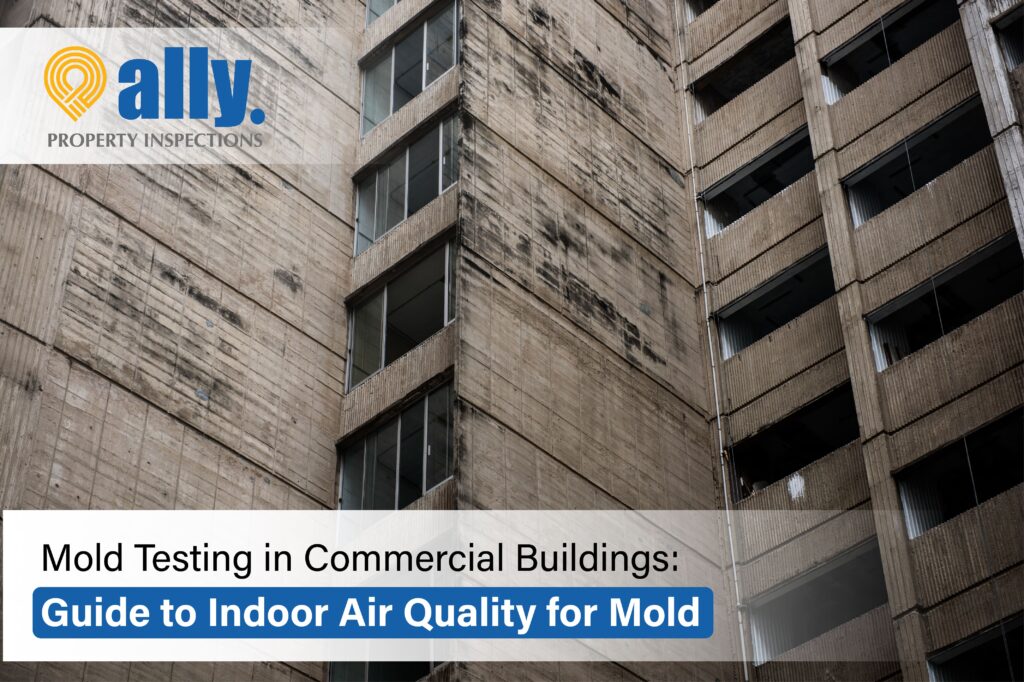Mold is a major concern for commercial building owners. You can be in a tight situation if you notice any damage to the building or health effects on your tenant’s health.
Yet, getting mold tests without any reason can be a stressful expense. And, no wonder you would like to avoid it if possible. The key to preventing these is maintaining healthy indoor air quality.
Are you wondering how to do so? Read below to know.
How to Improve Indoor Air Quality?
Change HVAC Filters Regularly
If not maintained regularly, HVAC systems can become contaminated with air pollutants and dust. These contaminants can pollute indoor air quality, causing various health issues.
These health issues can range from allergies to respiratory illnesses.
During maintenance, installing HVAC access doors and panels is essential. This lets the technicians have convenient access to the HVAC components.
Furthermore, clogged filters can lead to interrupted airflow. This leads to the pollutants buildup in enclosed spaces.
Source Control
To enhance indoor air quality, you may eliminate individual sources of pollution. This results in minimizing their emissions.
Following are some of the measures you can take for this cause:
- Avoid using fixtures containing asbestos, as it is an active air contaminant
- Modify gas stoves to decrease the building’s emissions
- Install in-duct air purifiers into your existing HVAC system.
- Choose an air purification solution without producing any ozone
- Gas burners can also be altered to reduce the emissions from your building
As compared to expanding ventilation, source control is a more cost-efficient solution. This is because increasing ventilation can increase your usual energy cost.
Improve Building Ventilation
You can improve your building’s ventilation by using economizers, opening operable windows, and running HVAC systems during occupied hours.
You can also control indoor temperatures by properly ventilating your building and bringing fresh outdoor air. This dilutes indoor airborne pollutants from indoor sources, improving indoor air quality and reducing pollutants.
Signs of Mold Issues in Your Commercial Building: When to Test for Mold
A Strange Musty Odor
Mold growth can often be hidden behind tiles, flooring and wallpaper. And thus, this leaves out the smell to be its only indication.
Mold has a very strong, musty smell. It might be stronger around the area where the mold is hiding.
It is time to call for mold testing if you notice an odor but can’t identify the source.
Health Issues
One of your first signs of mold is health issues experienced by the occupants inside the building.
There are numerous health issues involved with mold. Some of these health issues are irritation to the skin and eyes, respiratory issues, nausea, fatigue, and flu-like symptoms.
Collectively, these types of systems are known as sick building syndrome. This refers to various acute symptoms experienced by multiple people when in a building.
Visible Mold or Mildew
Mold can occur anywhere. But there still are common places where mold is likely to be found.
These places include HVAC drip pans, window sills, ceiling corners, wallpaper seams, and anywhere that involves leaks or water damage.
It would be best to look out for any visible patches, mold, or mildew.
Water Stains
You will want to investigate stains on the carpet that might spread dark spots on ceiling tiles and walls. You may also want to investigate the areas on the walls with bubbling.
Often, mold is associated with consistent water damage. This damage occurs from leaking pipes or roof leaks.
If your building has any of these problems, repair it before it is too late.
Ways to Prevent Mold in Commercial Buildings
Get Regular Surveys and Inspections
One of the best ways to prevent mold growth is to stay vigilant. To catch the early signs of mold before it causes health issues and business problems, you should have a long-term maintenance plan. At the same time, you shall also keep up with frequent surveys.
Learning how to stop potential signs of mold is also a proactive step. These signs might include stained or warped walls, persistent musty smells, and irregular or new allergy symptoms.
Repair Leaks ASAP
Mold thrives in damp and moist environments. Thus, it would be best if you prevented mold from having a chance to form. If you notice leaky pipes, ceilings, and unsealed doors or windows, address the concerns immediately.
Furthermore, buildings that suffer from water damage have a much higher risk of developing mold issues.
Keep Humidity Levels Low
If you live in a humid climate, certain areas might be enough to attract mold issues in the future. This can be true even if you aren’t dealing with active leaks.
Investing in a dehumidifier is a low-maintenance way to keep your building dry.
You may focus on areas that are most likely to collect moisture. These areas include basements, attics, and crawl spaces.
You can also use a spray to prevent mold growth in commonly affected areas.
Call In A Professional Environmental Inspector
The best way to identify mold is to call a professional environmental inspector. They can inspect your building, take samples, and help you develop an effective mold removal plan.
If you suspect mold in your commercial building, consider scheduling a mold survey to safeguard people and your investment.
How to Test for Mold in Commercial Buildings?
Testing for mold in commercial buildings involves several steps. Below are the steps of mold testing in commercial buildings:
Visual Inspection
Start with a thorough visual inspection of the building’s exterior and interior and exterior. Look for mold growth’s apparent signs, such as discoloration, water stains, and moldy odors.
Pay particular attention to locations that are subject to dampness, like bathrooms and crawl spaces or areas near plumbing fixtures.
Moisture Assessment
Moisture is the primary source of mold growth. Identify and address sources of moisture intrusion or leaks. Addressing moisture issues is essential to prevent future mold problems.
Air Sampling
Air sampling is a common method used to detect airborne mold spores. This involves collecting air samples using specialized equipment, such as air pumps and spore traps. These samples are delivered to a lab for analysis to determine the types and concentrations of mold spores.
Mold Testing Kits
Commercial mold testing kits can be used for initial testing. These kits often include swabs, Petri dishes, and air sampling cassettes.
However, results from such kits may not be too accurate.
Consult Professionals
It’s advisable to consult with certified indoor environmental professionals or mold remediation specialists. This ensures accurate and comprehensive mold testing. They have the expertise and equipment to conduct thorough mold assessments.
Further, they can also provide recommendations for remediation if needed.
Ensure a Healthier and Mold-Free Environment
Ensuring healthy indoor air quality in commercial buildings is important. Remember that mold testing is just the first step. Timely remediation and preventive measures are equally crucial. Ensuring your commercial building is mold-free, you can foster comfort, productivity, and overall well-being of building occupants.
Want to ensure the best indoor air quality? Contact Ally Property Inspections today and discover how to test indoor air quality to ensure a healthier and safer environment for your property!


